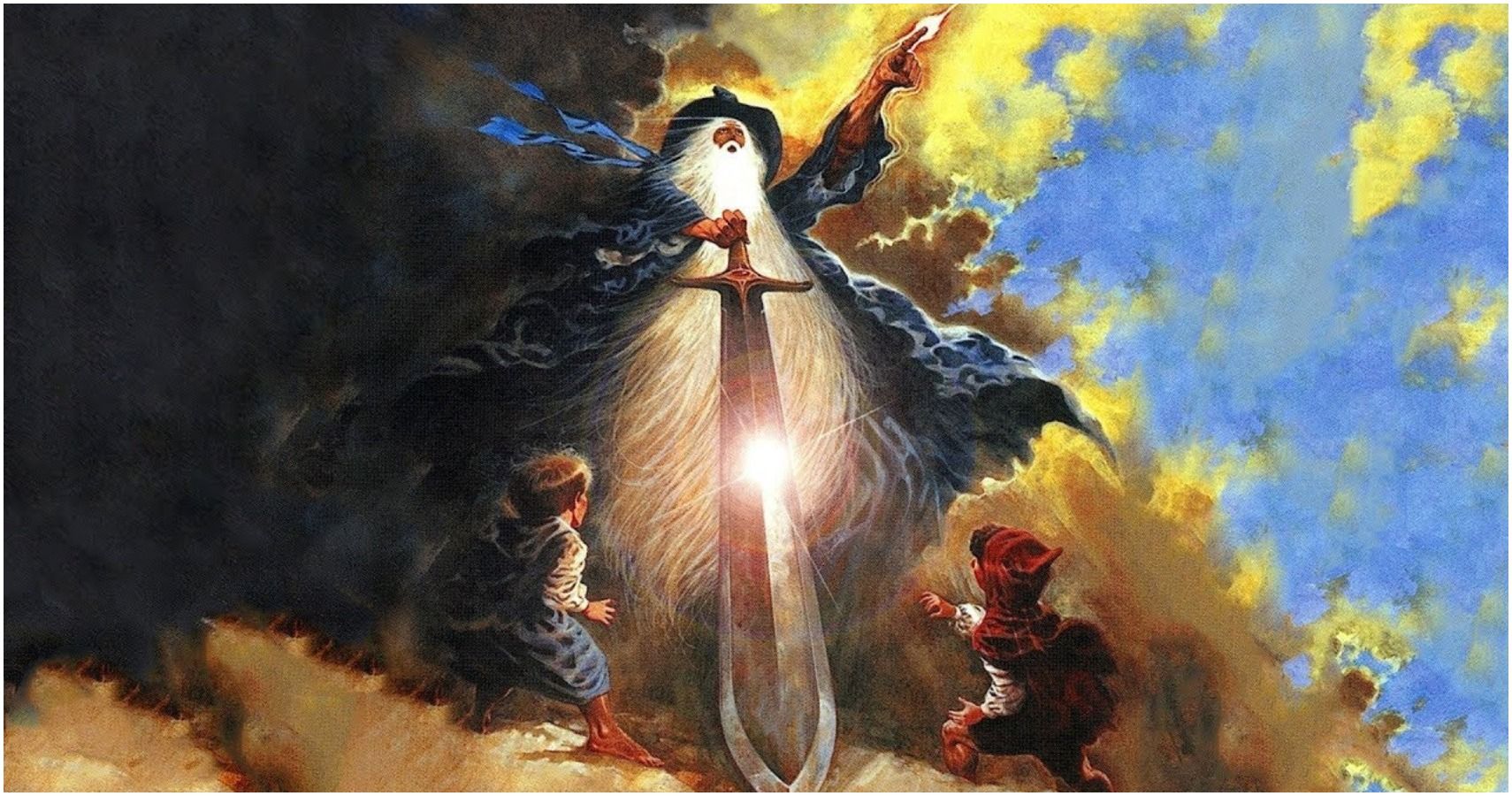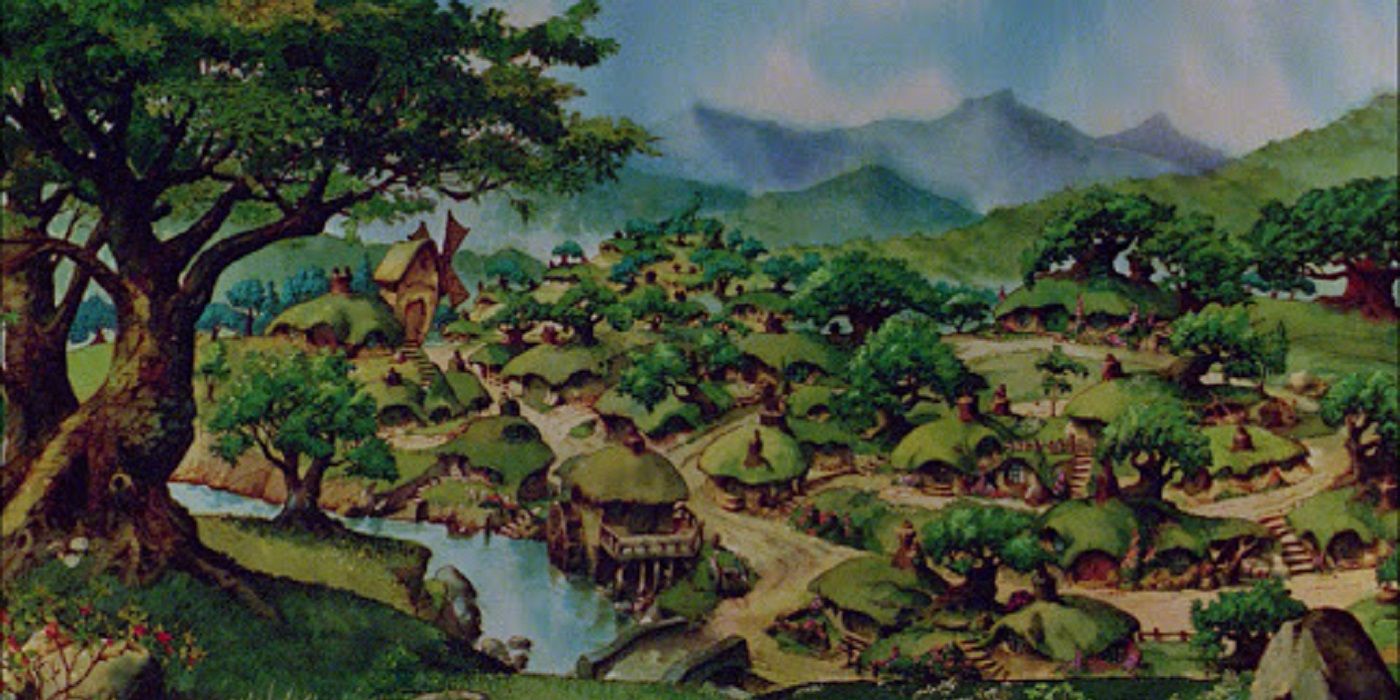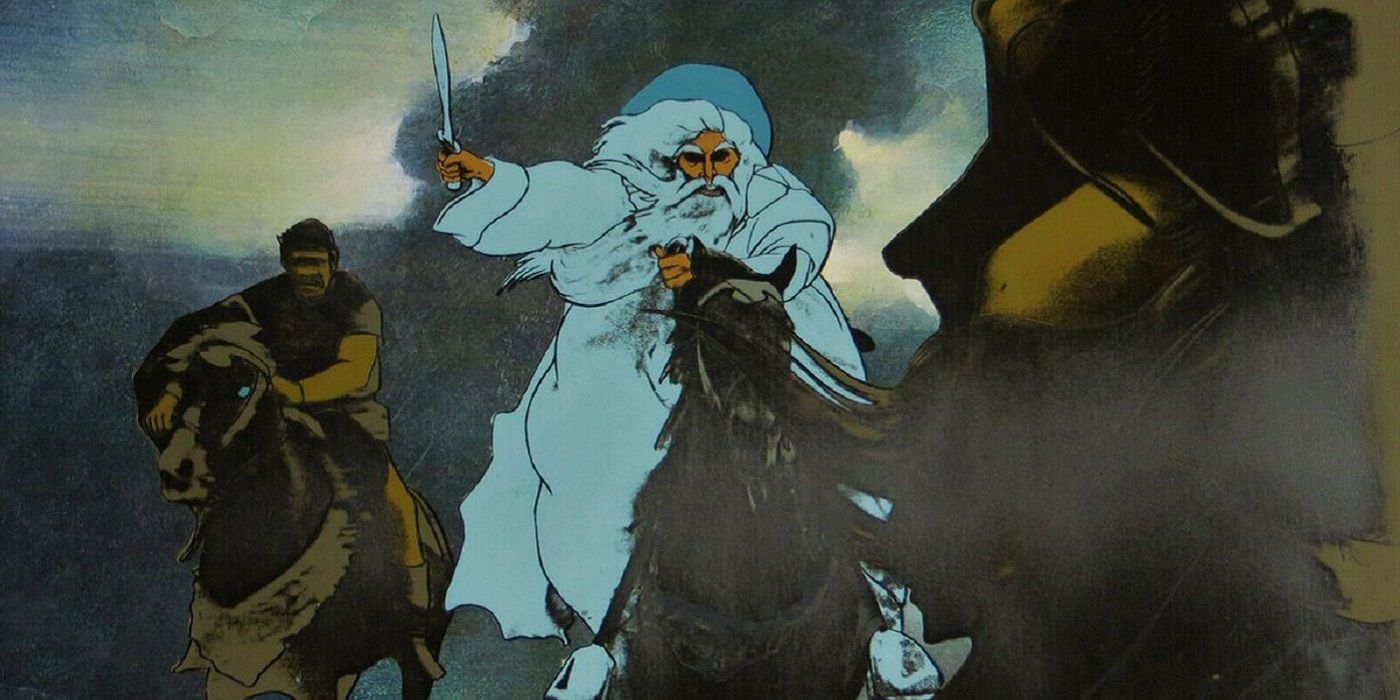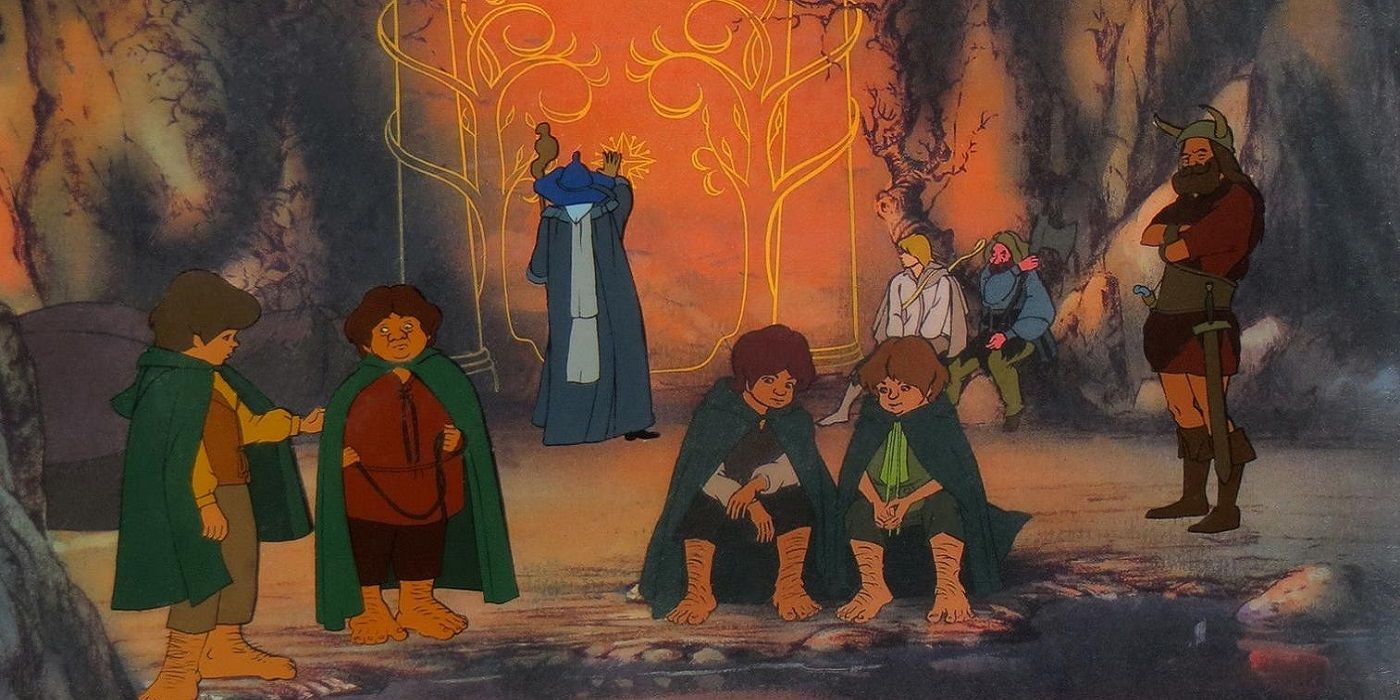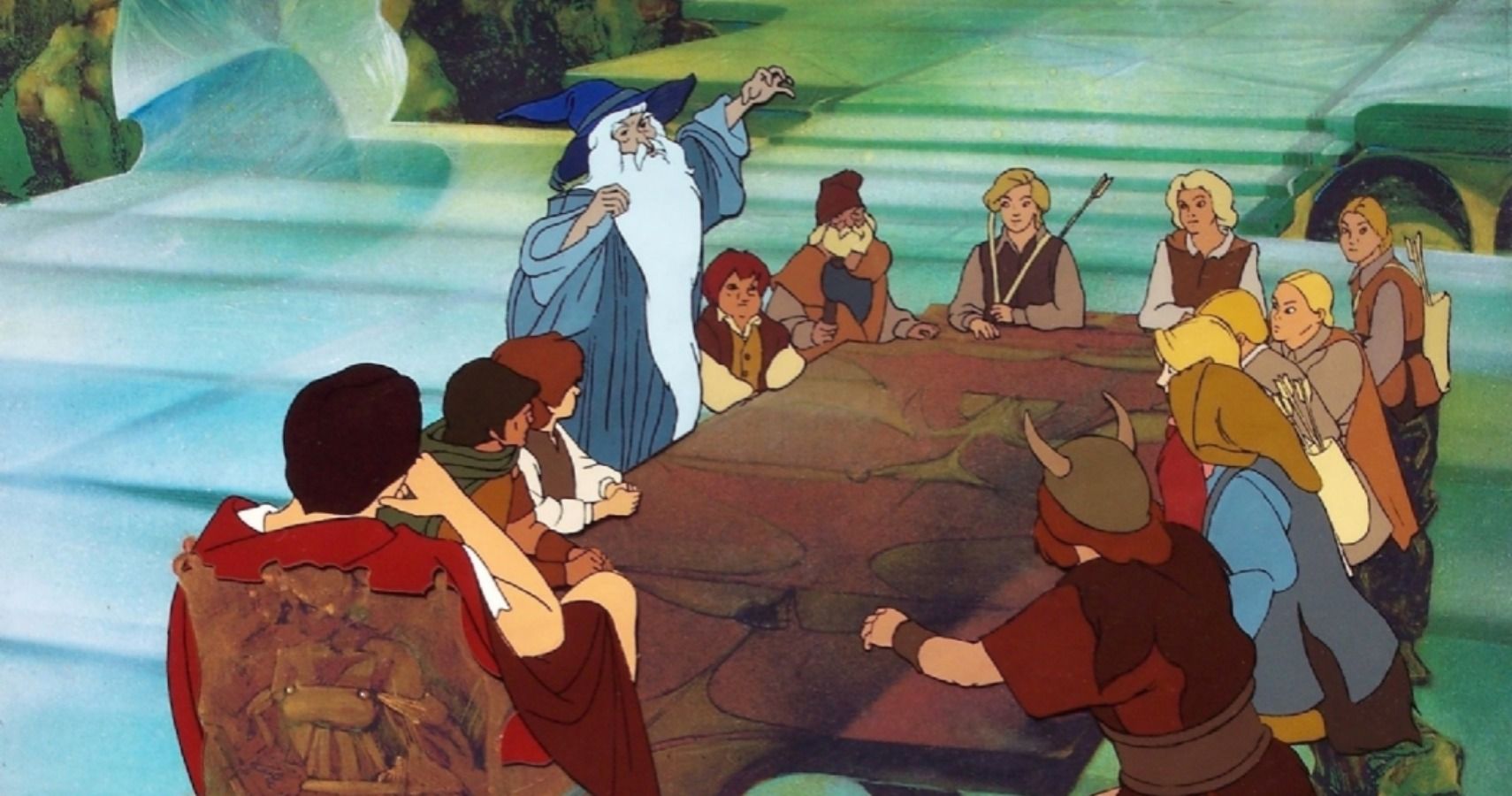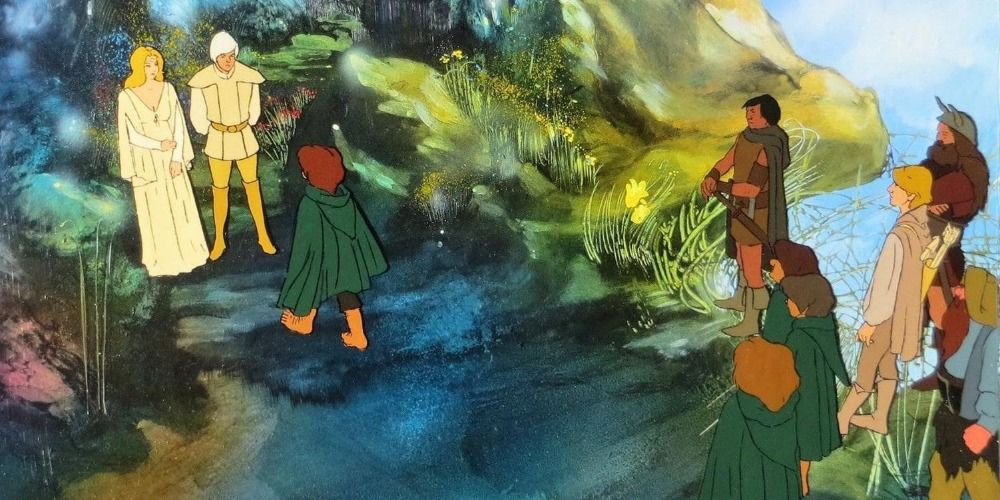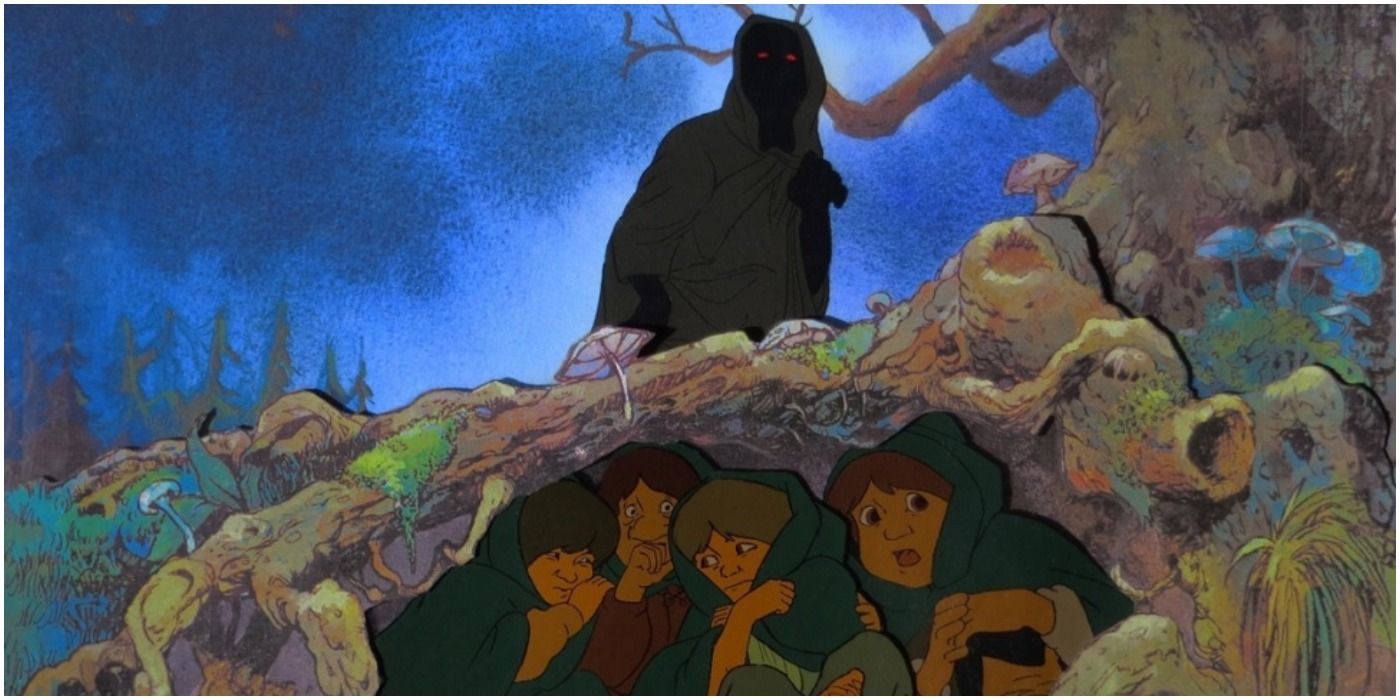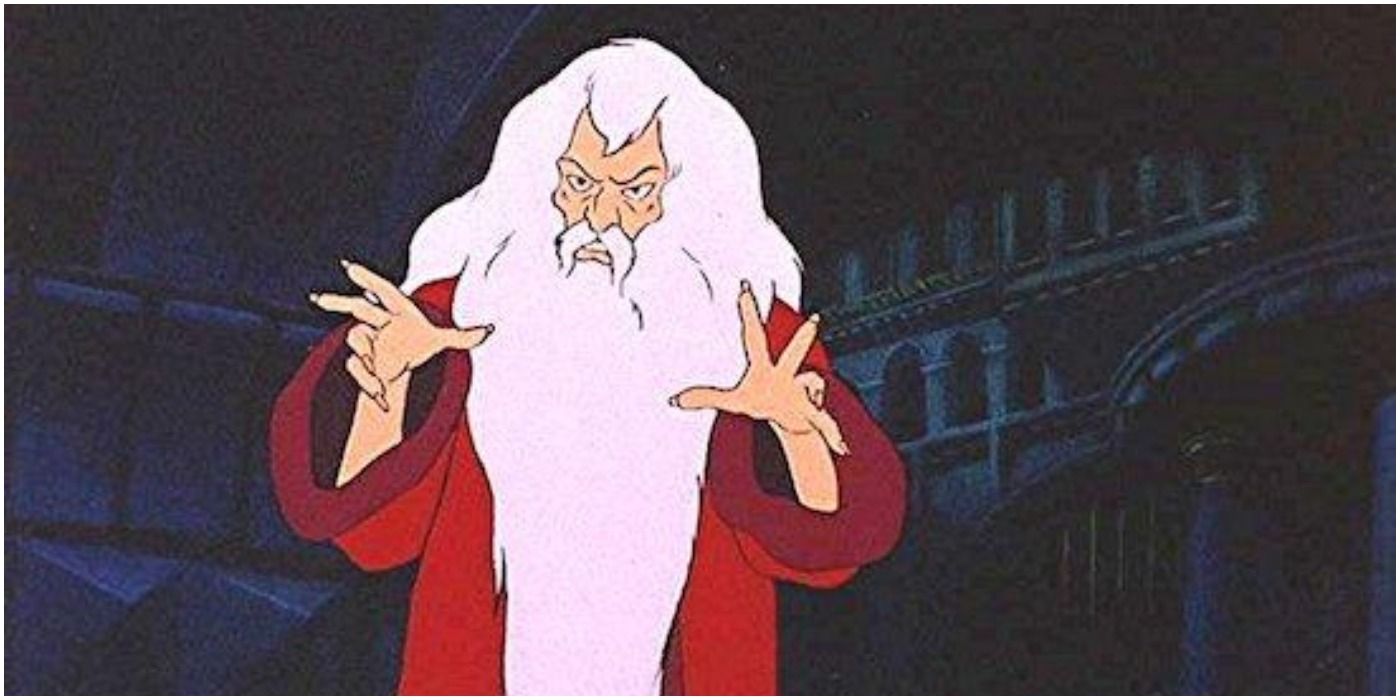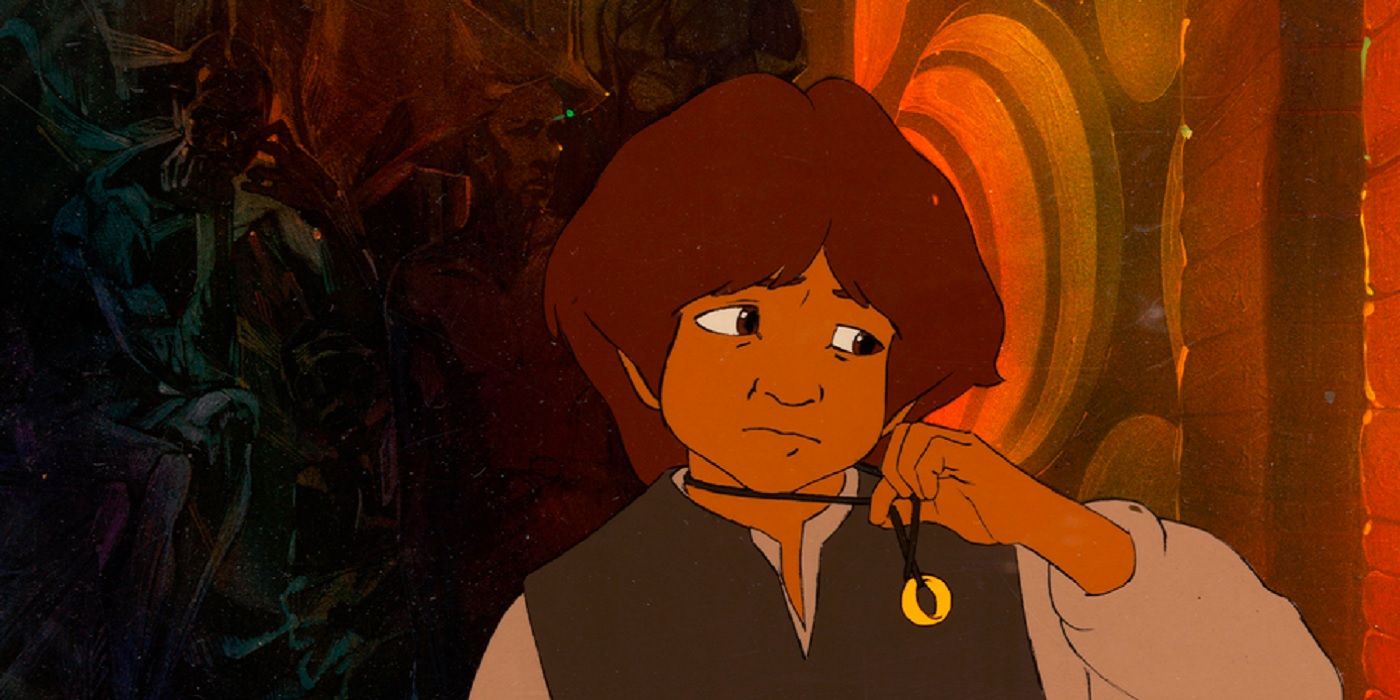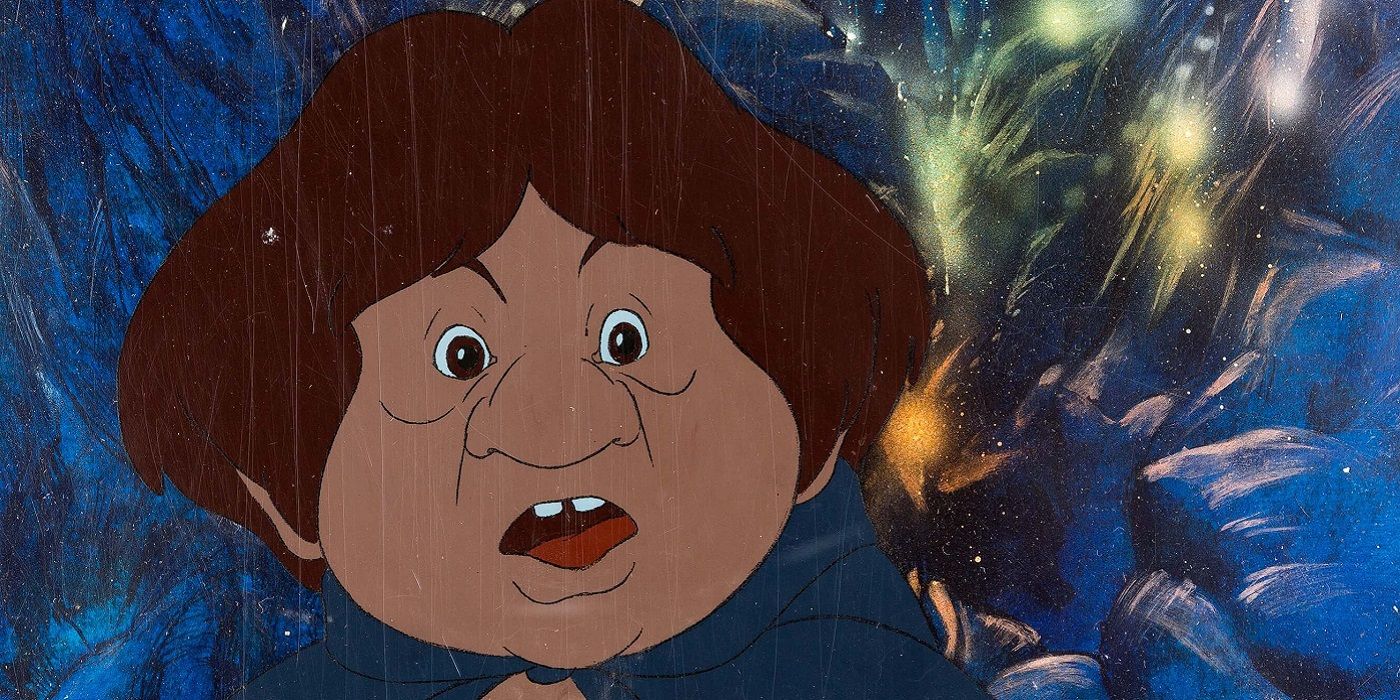Ralph Bakshi has enjoyed a legacy of being a pioneer for animated films, particularly in getting them introduced towards adult audiences, and by trying to infuse different techniques together in his work, such as crossing over with live-action. Even his less-successful or critically enjoyed films manage to offer something and never fail to be entertaining.
In 1978, the ambitious Bakshi attempted to adapt JRR Tolkien's Lord of the Rings into a 2 hour animated film. The film covered about half the story and was never given a Part II, as the producers and distributors did not advertise it as such. The film has been outclassed by the Peter Jackson trilogy, but there was enough good in Bakshi's version to influence Jackson's work. Here's a look at what the strange attempt to adapt the epic saga did, both the good and bad.
Good: Pacing Itself
For the most part, the film takes its time, especially in the first two thirds, which covers The Fellowship of the Ring. The scenes in the Shire are given space to breathe, and many characters get to talk with each other and meander for short strolls. It adds to the atmosphere of the world and helps explain the stakes, while still giving depth to the cast. For instance, Aragorn's introduction in the Prancing Pony actually takes up a good chunk of screentime, though the film could have just as easily said hi and bye and moved onto the Weathertop sequence.
Bad: Squeezing Two Books Into One Film
A critical problem with the film was cramming the entire plot (most of it) of The Two Towers into the latter half. While the pacing and walkthrough of The Fellowship of the Ring segments felt decent, especially for an animated film, the sudden decision to rush through the story of The Two Towers is disastrous. Everything gets disjointed and the dialogue quickly is reduced to exposition, and it feels like the film rushes through the motions.
Good: Trimming The Fat
Tolkien's writing could get pretty overly-descriptive, corny, or downright boring in some areas. However, the needless filler and tangents were the most infuriating problems in his works. Most notably, the entire Tom Bombadil sequence is a prime example of fluff that essentially did nothing, and felt like a short story hamfisted into an epic. Thankfully, the Bakshi film chopped that out, along with other drawn-out or unneeded sequences and portions of the book that wouldn't translate well to a film.
Bad: Cutting Out/Reducing Important Characters
However, the Bakshi film actually got a little overly eager in its cutting and managed to chop out some really important segments or shrink them into unrecognizable states, particularly with characters from The Two Towers. King Théoden is reduced to a minor character, Éowyn has no lines and no role, Faramir and Arwen are completely absent, Treebeard gets a confusing scene that's essentially a cameo, and many other side plots suffer as a result, harming the main story in doing so.
Good: The Adult Tone
Bakshi, ever eager to make animation something to be enjoyed by all audiences, which was especially unseen in the 1970s, was pretty bold in his decision to make Lord of the Rings adult-oriented.
The film is graphic with its violence, scary for children, and retains Tolkien's archaic dialogue. Because of that, it helps give it the fantasy epic feel, and battles truly feel pretty visceral and intense.
Bad: The Animation
Tragically, though Bakshi's main calling card is his animation, the animation of Lord of the Rings is, for the most part, horrendous. It's as disjointed and confusing as the script, blending rotoscoping and solarising techniques with live-action sequences while jumping back to the traditional 2D animation. Most of the character designs are downright silly, and many characters are overly animated with their reactions, so they come across as even more cartoonish and goofy. Some of the backgrounds and world designs are decent, but it's just not a pretty film to look at, but even if it's meant to be ugly, it's just distracting.
Good: The Ringwraiths And Sauron
Interestingly, the Eye of Sauron as portrayed by a literal eye on a tower was a choice by Jackson, not something that Tolkien specified. Whatever Sauron's form was intended as seems to be up for debate. In the Bakshi film, a prologue is introduced (akin to Jackson's) that sets the stage for the events to come, and Sauron is shown as a silhouette behind a curtain. He never appears beyond that, but his presence is always felt in the film, which is exactly as it should be.
To compliment that, Sauron's servants, the Nazgûl, also known at the 9 Ringwraiths, are given a lot of great scenes in Bakshi's film. In fact, they are probably the highlight. The scene of the Nazgûl attempting to kill the Hobbits in Bree in their sleep, the invisibility scenes, and the Nazgûl leering over a fallen tree are all scenes that were so good, they made it into Jackson's film.
Bad: Saruman And The Balrog
Saruman is a daft, screeching old man who is inexplicably called "Aruman" (without the "S") halfway through the film, presumably to not let audiences get confused with the other "S" villain, Sauron. Saurman is a wasted opportunity and confusing mess in Bakshi's film, never posing a threat or clearly being portrayed as a critical antagonist. Likewise, Durin's Bane, the Balrog that the Fellowship encounter in Moria, is pathetic compared to the incredibly iconic epic scene from Jackson's first film. In Bakshi's film, the Balrog is a butterfly-lion hybrid, or something like that.
Good: Frodo Baggins
Oddly enough, Frodo is actually very well portrayed, screenplay-wise. The performance isn't on par with Elijah Wood, but the actual character and the approach taken are a bit more in line with the books, and Frodo is more capable and less of an insufferable jerk. Frodo is assertive, daring, and worn down by the Ring, but not angsty so much as he is tired and lashing out.
Bad: Samwise Gamgee
But what would Frodo be without Sam (who Tolkien considered the rightful hero)? Well, Bakshi's approach to Samwise is pretty embarrassing. Poor Sam has been reducing to a bumbling oaf, like Sloth from The Goonies, but without the charm or memorable one-liners. He's a complete joke, and imagining this iteration of the character being able to take down Shelob is impossible.

